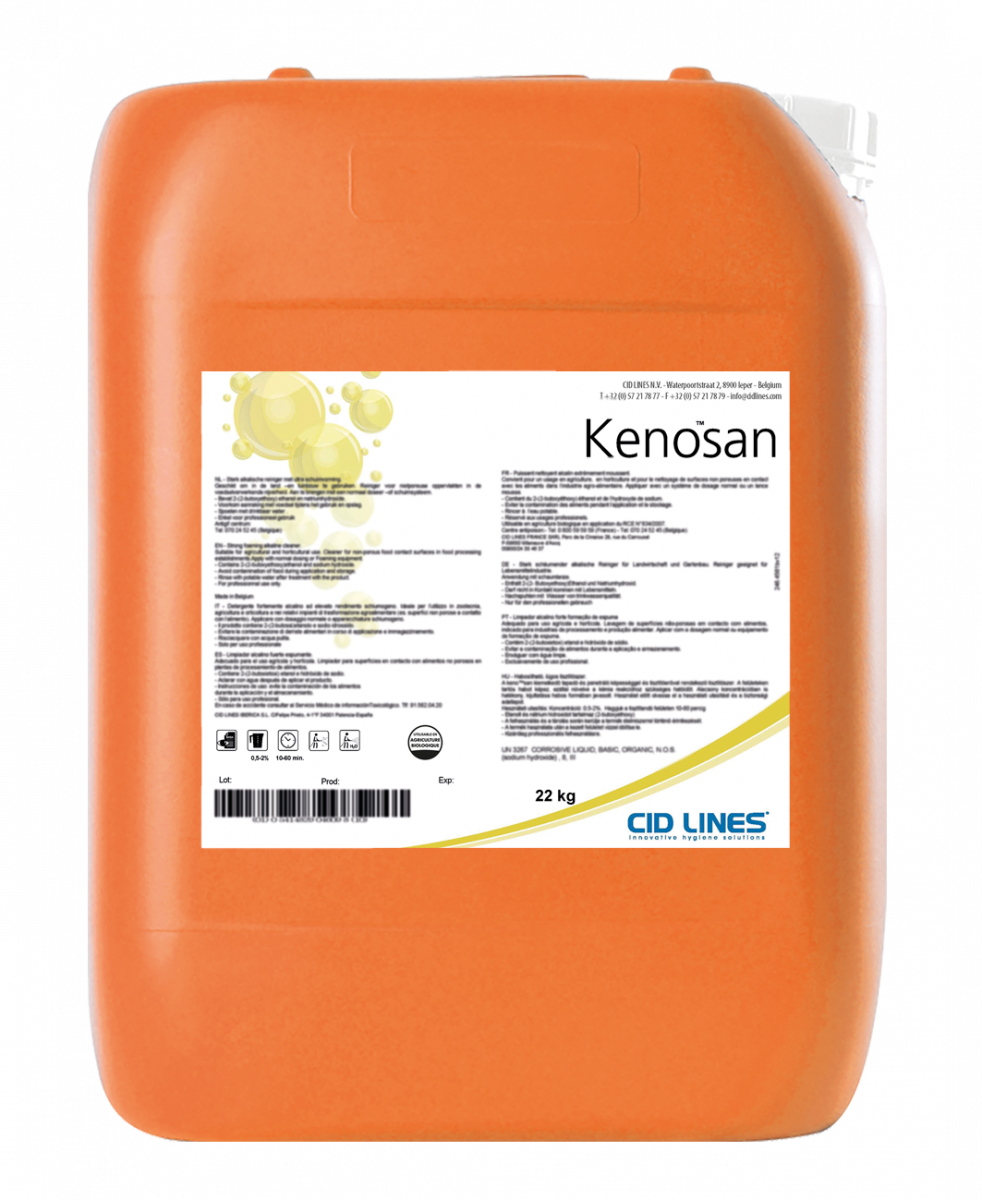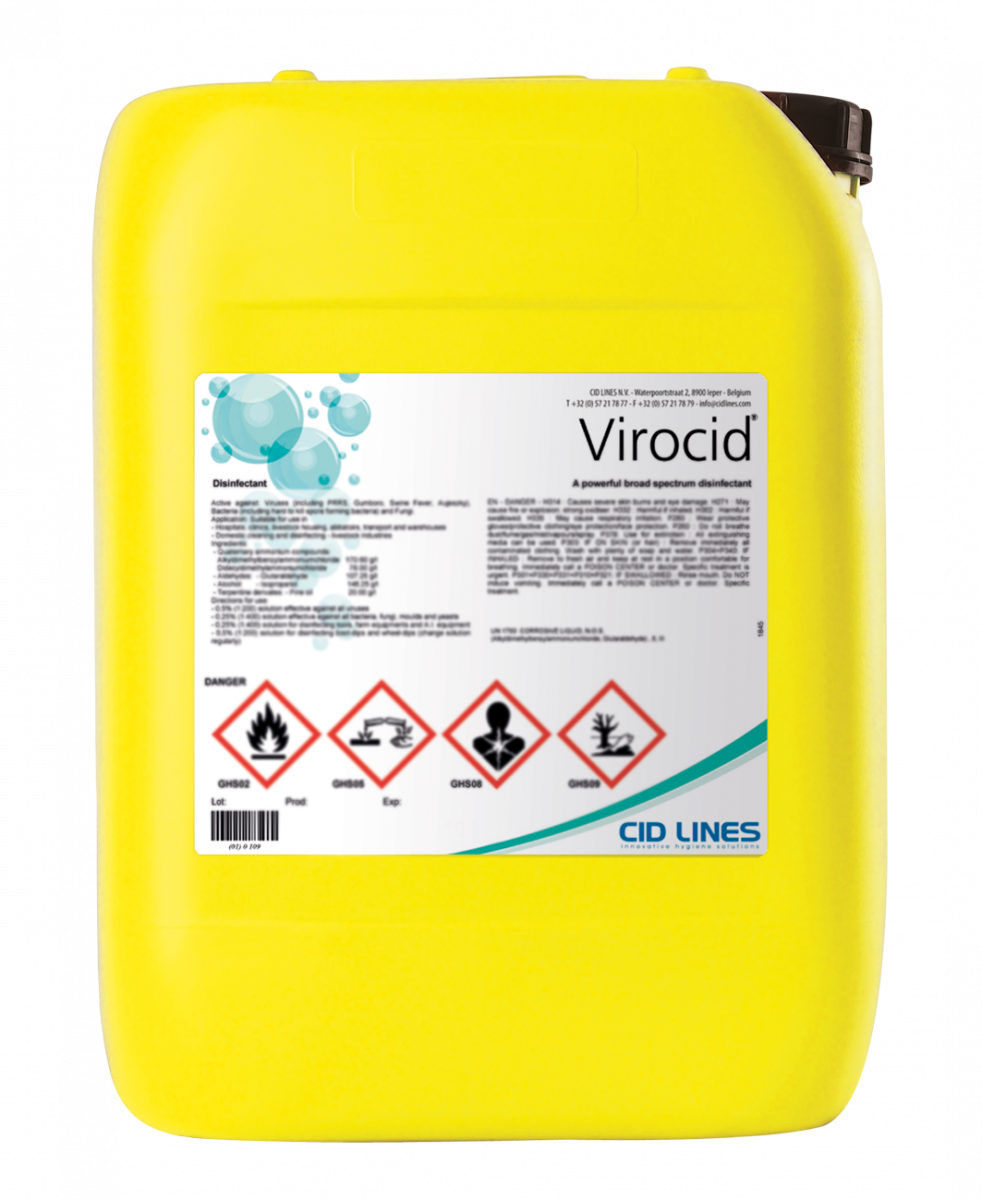
Fowl Cholera poultry
PATHOLOGY DESCRIPTION
Fowl cholera, caused by infection with Pasteurella multocida (PM), is a disease of many avian species. Chickens, turkeys, ducks, and quail are the most important domestic avian species involved and the disease is of economical significance. Pasteurella multocida is a small (less than 2 mm long), Gram negative, nonmotile rod or coccobacillus that varies in virulence depending on the strain. Although PM may induce lesions in multiple organ systems, respiratory pathology is the most important facet of the disease. Pasteurella multocida is capable of multiplication in the bloodstream of a bird. As a result of this bacteremia, the organism may quickly colonize many organs, contributing to the typical purulent exudative lesions of fowl cholera seen in the joints, wattles, ovaries, brain, liver, spleen, and lungs. Shortly before a bird succumbs to the disease, PM will typically multiply to very high levels in the bloodstream and tissues. The incubation period is usually 5-8 days. The bacterium is easily destroyed by environmental factors and disinfectants, but may persist for prolonged periods in soil. Reservoirs of infection may be present in other species such as rodents, cats, and possibly pigs. Predisposing factors include high density and concurrent infections such as respiratory viruses.
SYMPTOMS

• Dejection
• Ruffled feathers
• Loss of appetite
• Diarrhoea
• Coughing
• Nasal, ocular and oral discharge
• Swollen and cyanotic wattles and face
• Sudden death
• Swollen joints (see picture)
• Lameness
POST-MORTEM LESIONS
-
Sometimes none, or limited to haemorrhages at few sites.
-
Enteritis.
-
Yolk peritonitis.
-
Focal hepatitis.
-
Purulent pneumonia (especially turkeys).
-
Cellulitis of face and wattles.
-
Purulent arthritis.
-
Lungs with a consolidated pink ‘cooked’ appearance in turkeys.
COSTS OF THE DISEASE
-
Increased feed cost
-
Mortality
-
Less weight gain
Related products

Keno™san
Ultra foaming strong alkaline cleaning product
- strong alkaline cleaner
- ultra foaming capacity
- outstanding adhesive power
- efficient and excellent results
Virocid®
disinfectant based on quaternary ammonium
- concentrated disinfectant
- based on quaternary ammonium
- for all surfaces
- hospital graded and registered in USA

